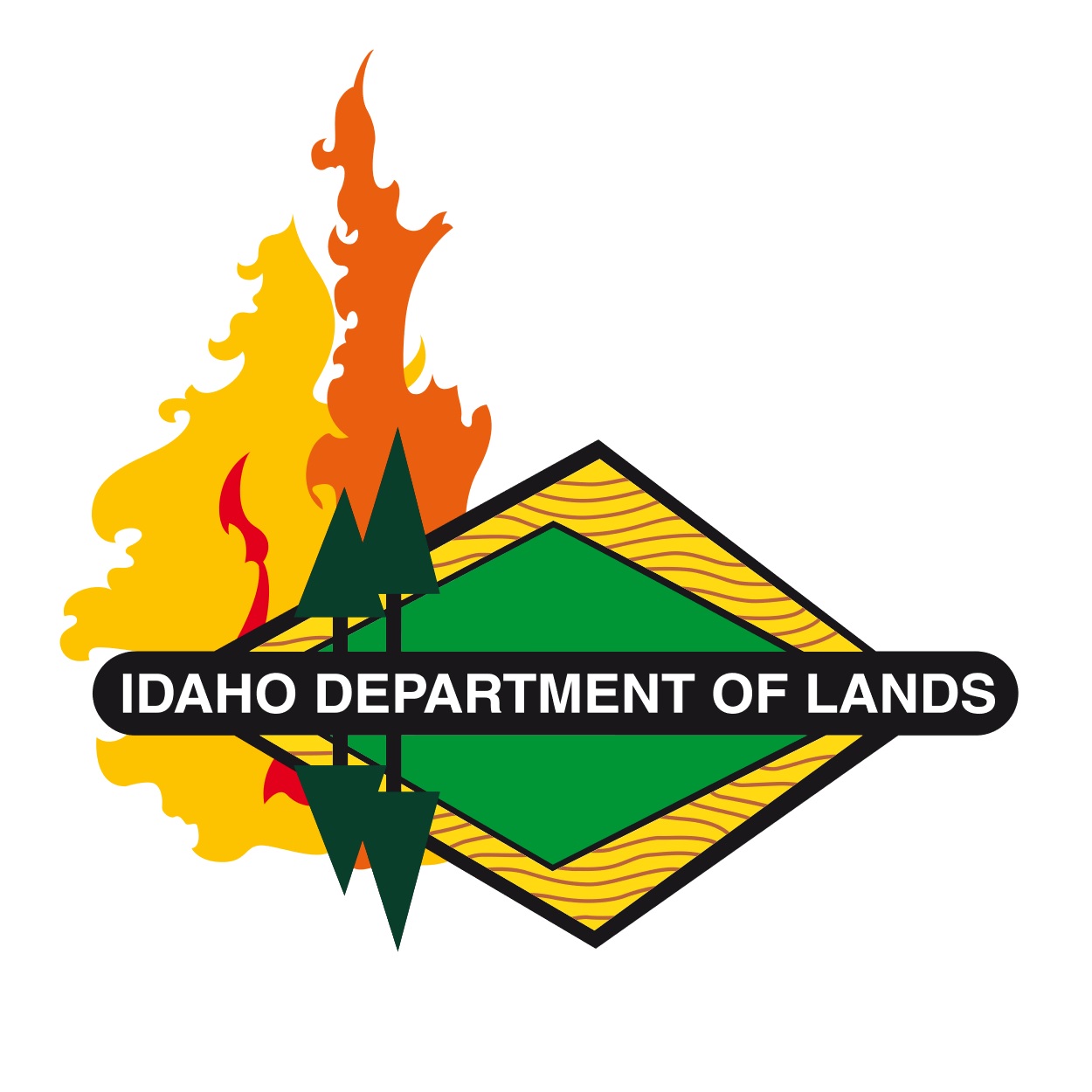Demand Diversity
By Gerry Bates
South Idaho Community Forestry Assistant
As I travel around the southern end of our great state, I get the chance to work with a lot of good people who are trying to establish long lasting legacies called trees within their cities. These legacies not only provide shade and beauty, but myriad other benefits that make them essential elements of the infrastructure in our cities. And, unlike most infrastructure that offers the most benefit directly after installation, tree benefits increase over time. They don’t (or should not!) be engineered to have a 30-year life span and then require replacement.
However, there’s a problem. All too often, we accept that the local nursery, or the regional plant wholesaler, has only a limited pallet of plant material to offer. A visit to the local tree farm allows us to see Colorado spruce planted from fencepost to fencepost, or quaking aspen and green ash offered as the best and most viable options for our planting projects. Folks, please don’t put all your eggs in one basket and continue planting a monoculture of trees that, when the right insect or disease comes along, devastates a significant percentage of the trees in your town.
We won’t get change in the marketplace unless we demand it. Start small, be consistent and request trees that aren’t overused in your city. Serbian spruce or concolor fir are great replacements for Colorado spruce. Black Hills spruce also deserves more attention. Instead of ponderosa or Austrian pine, use something else. Anything is better than aspen. If we ask for plant material that isn’t as common, eventually our plant providers are going to work to fill the need. Besides being fantastic tree huggers, they are business people; they will work to make their customers happy. If not, expand your sources for plant material. The Idaho Nursery and Landscape Association has a list of vendors on their website that offer a wide variety of trees and shrubs.
Finally, there are new cultivars becoming available all the time. There are new varieties of elm that are disease resistant and will still provide the benefits that the old American elm did years ago. There are a bunch of oaks that are underutilized. In southeastern Idaho, where I live, we didn’t used to plant many oaks. That is changing fast. When planning a project, plan for longevity and diversity. Rely on your Community Forestry Assistants for help and advice. Most importantly, plant the right tree in the right place. That’s an often overused euphemism, but from what I see, it is still often overlooked.

